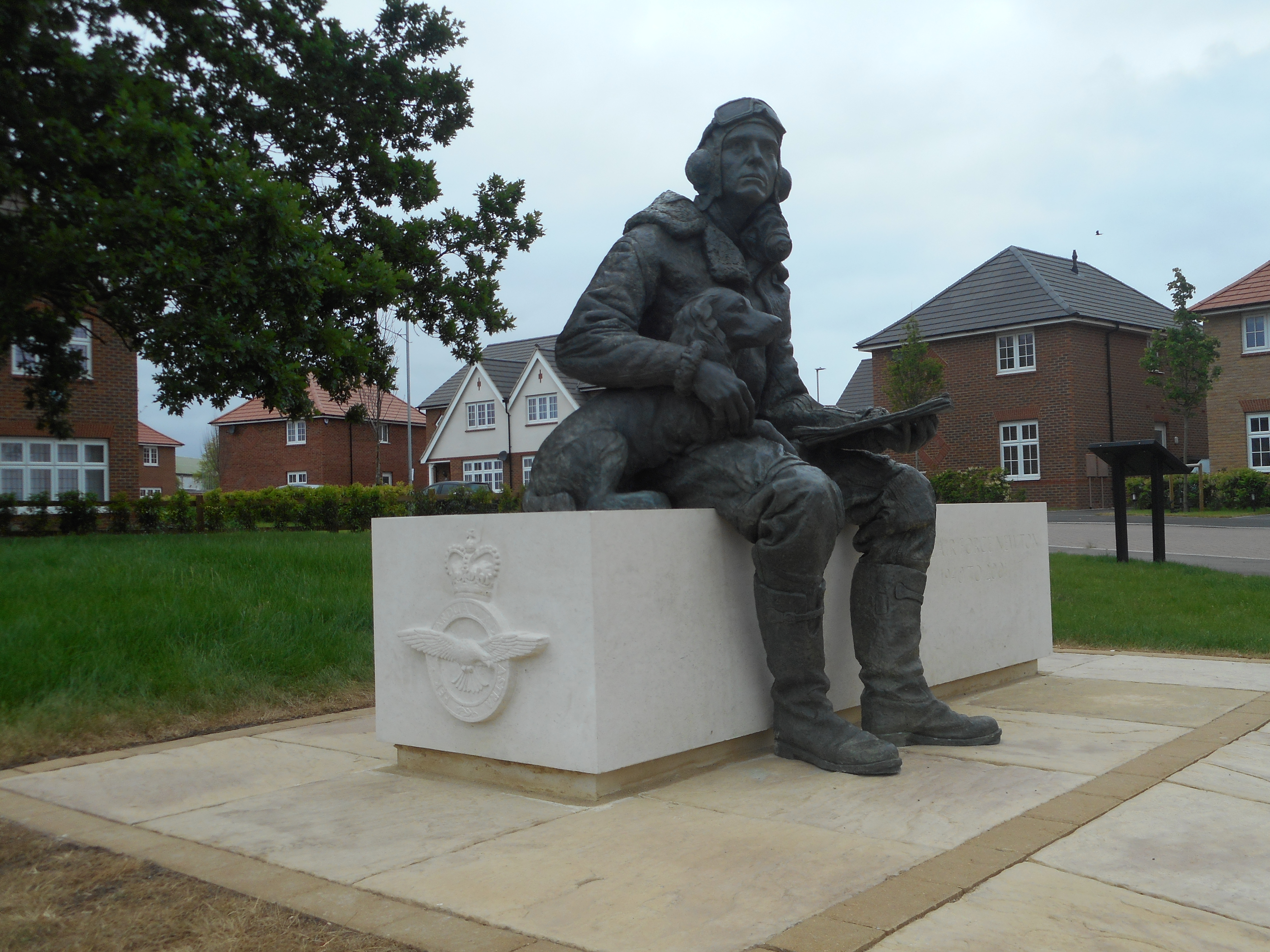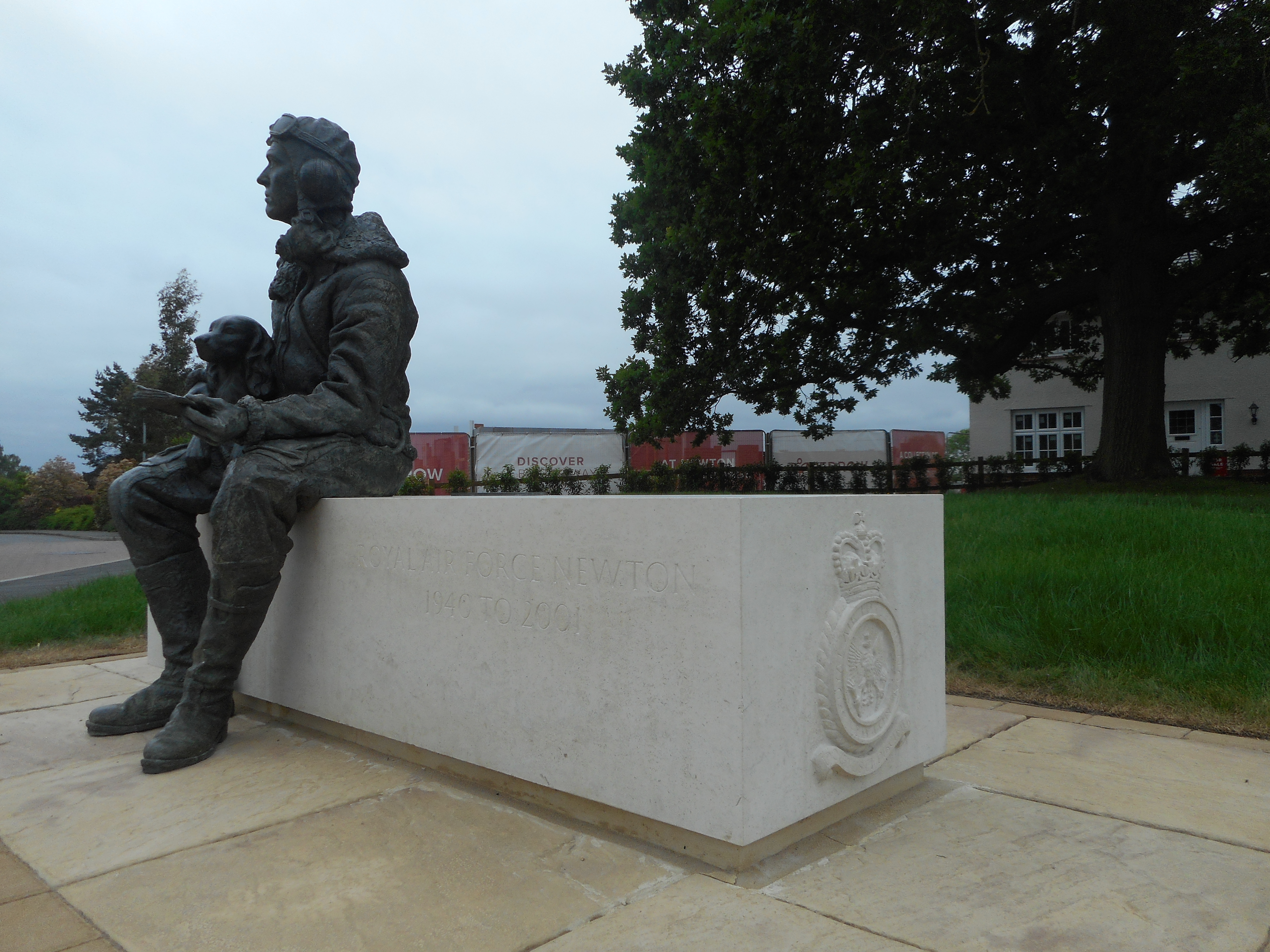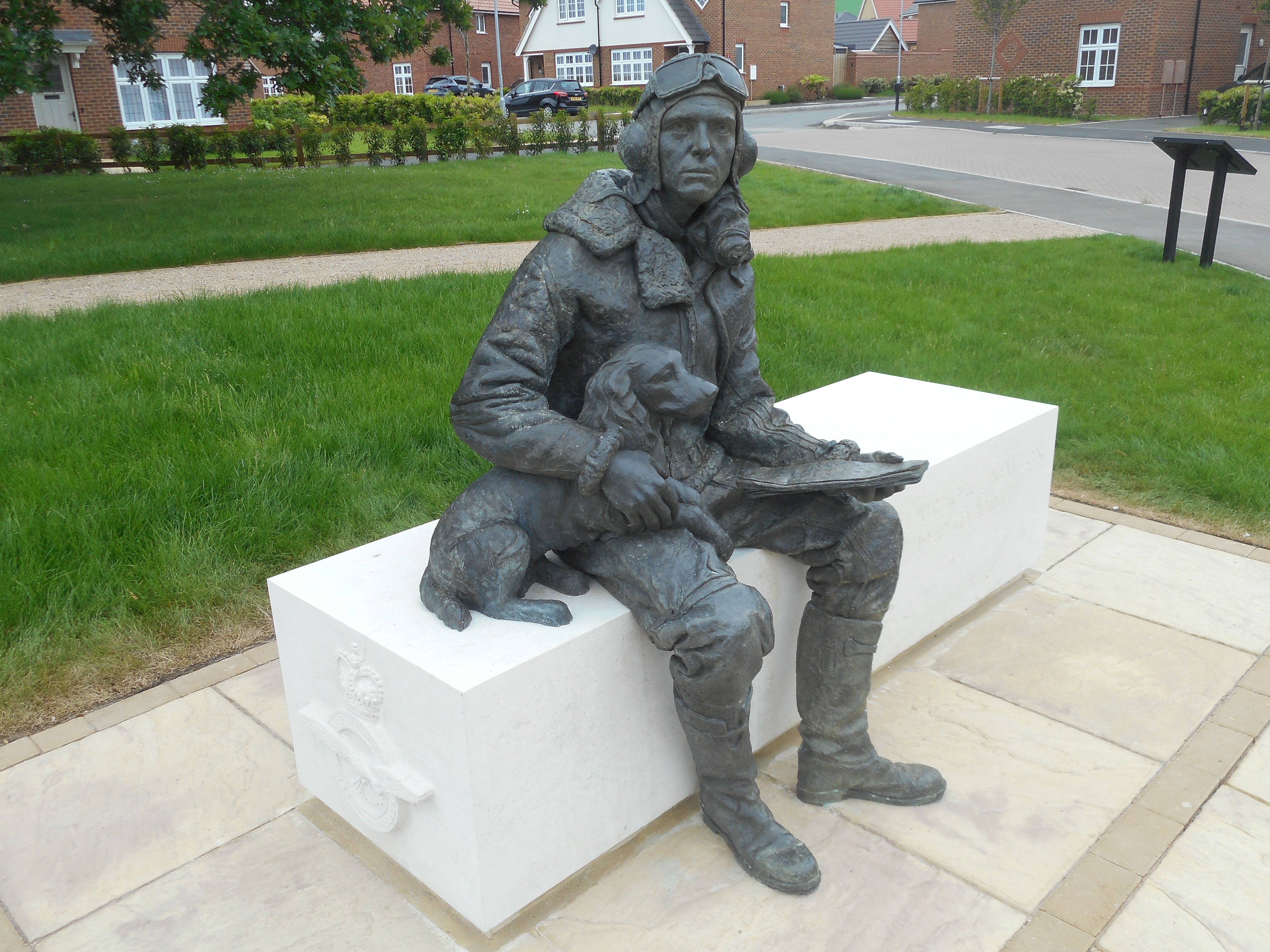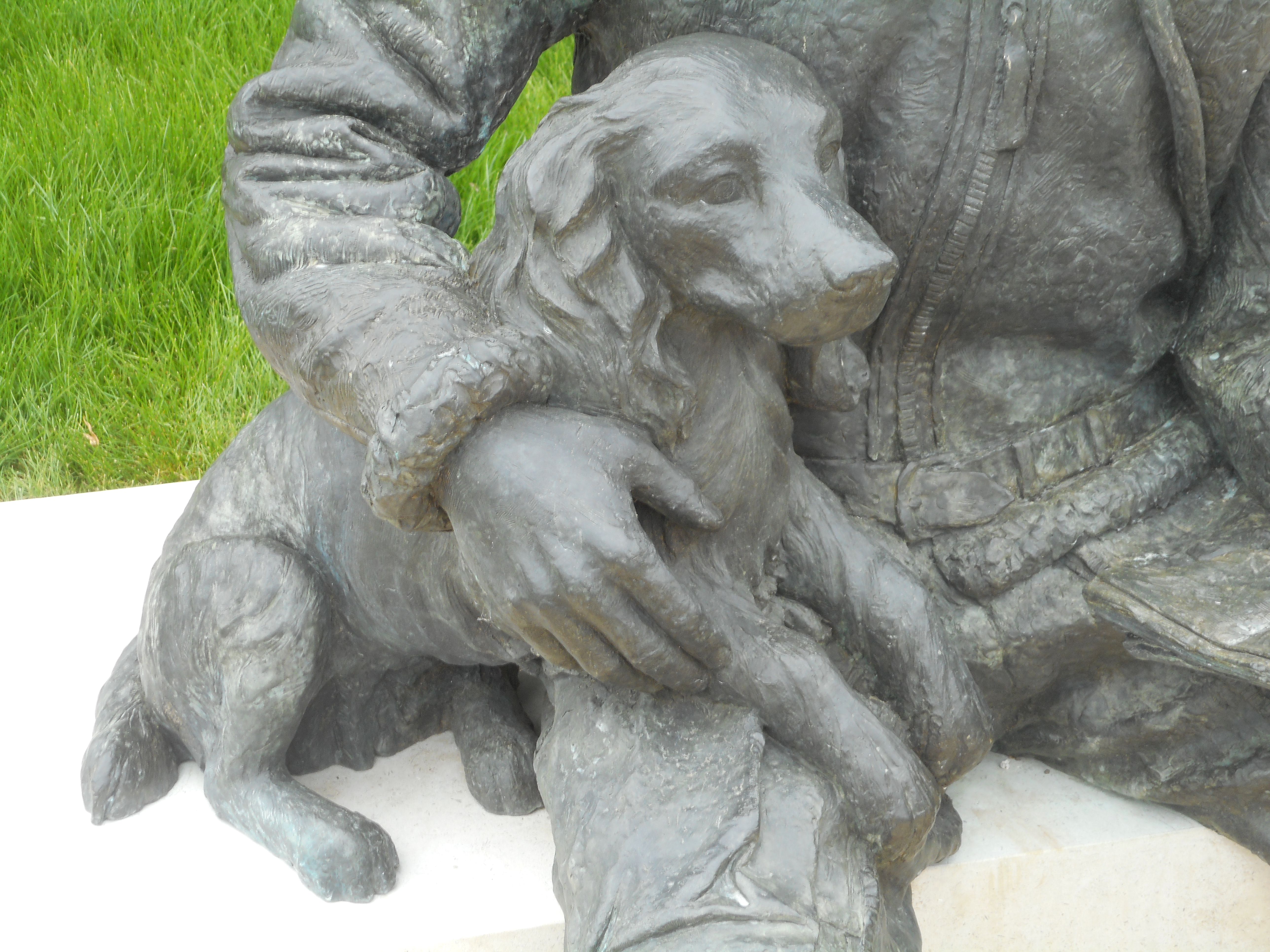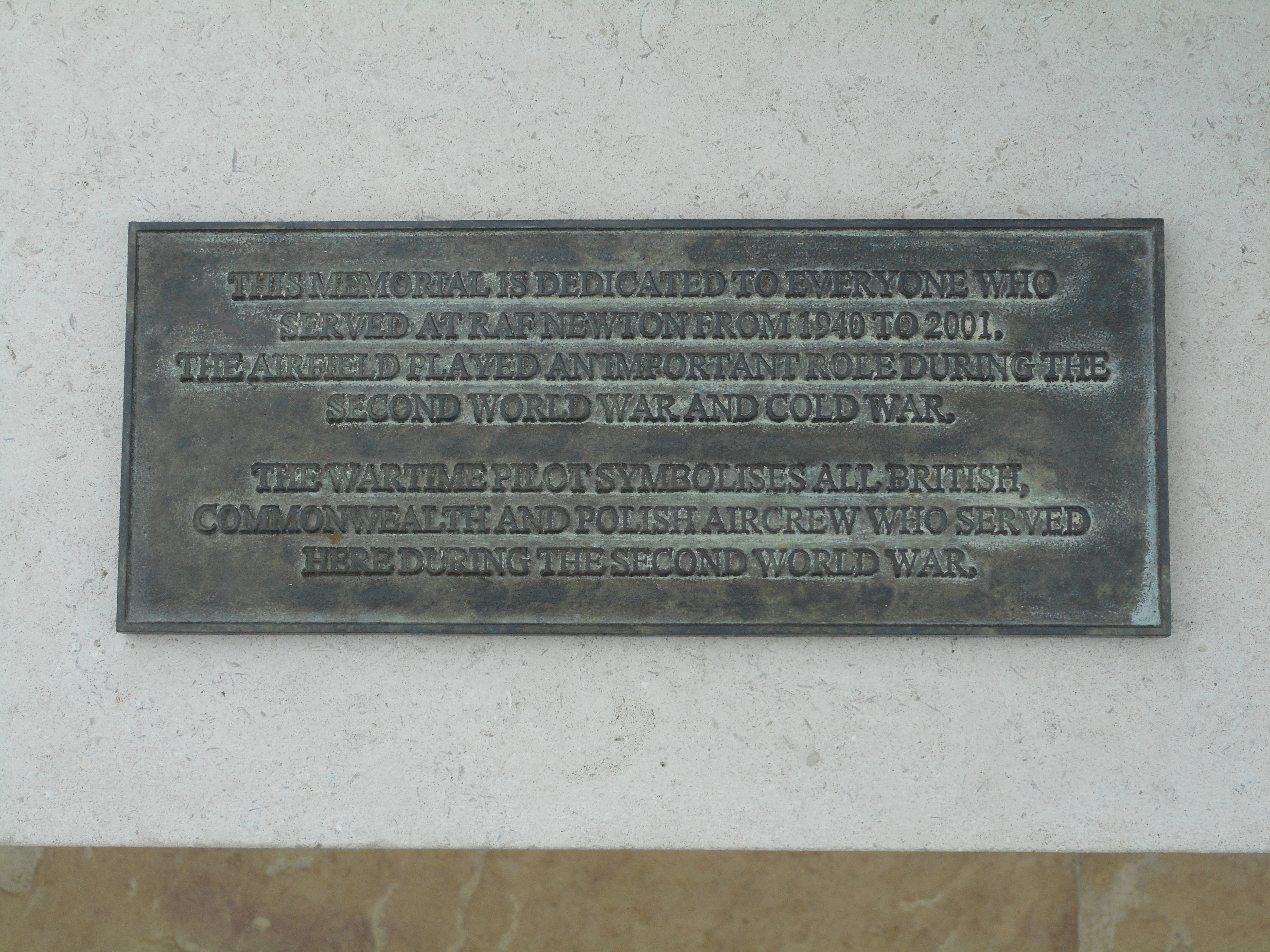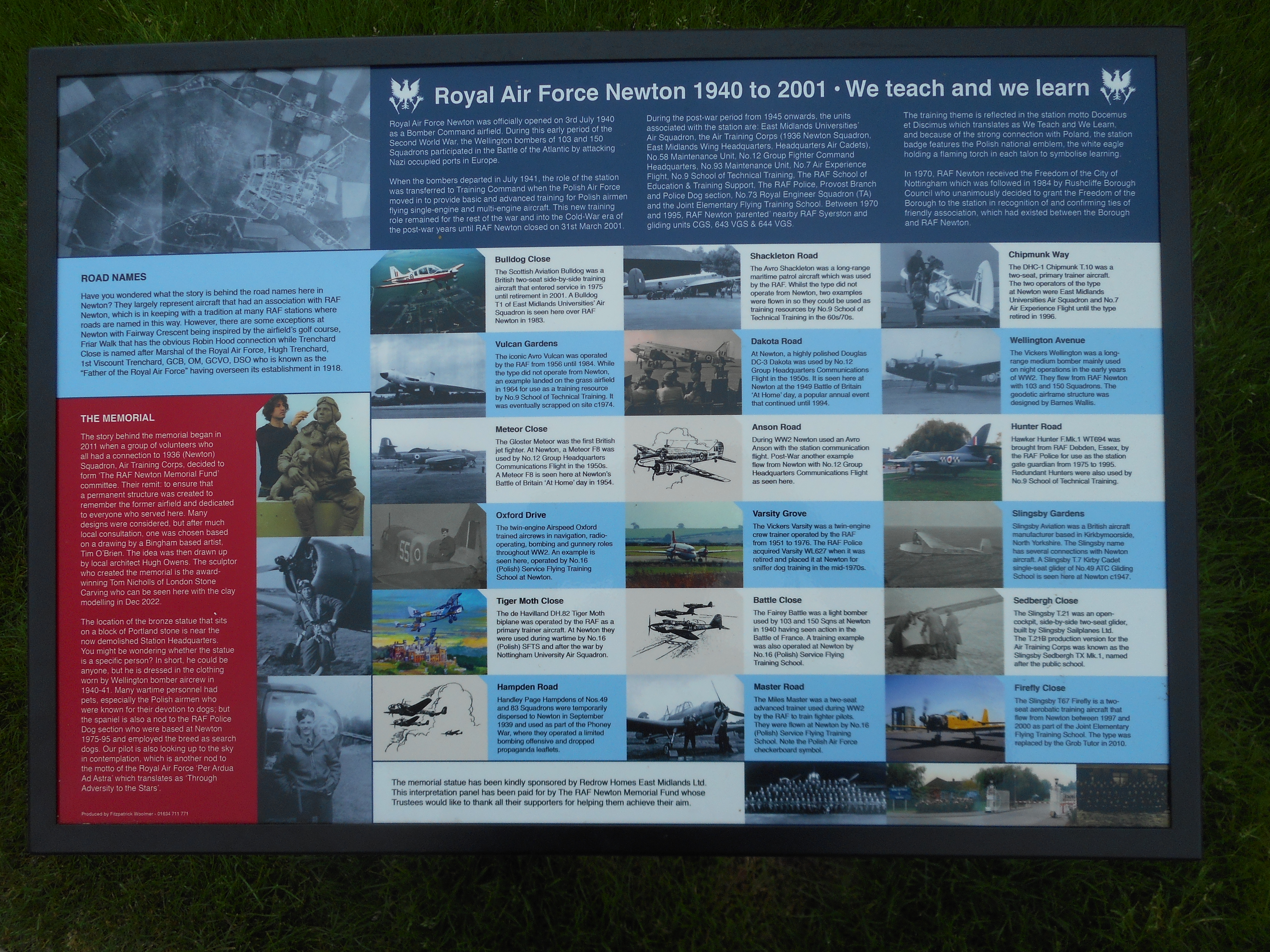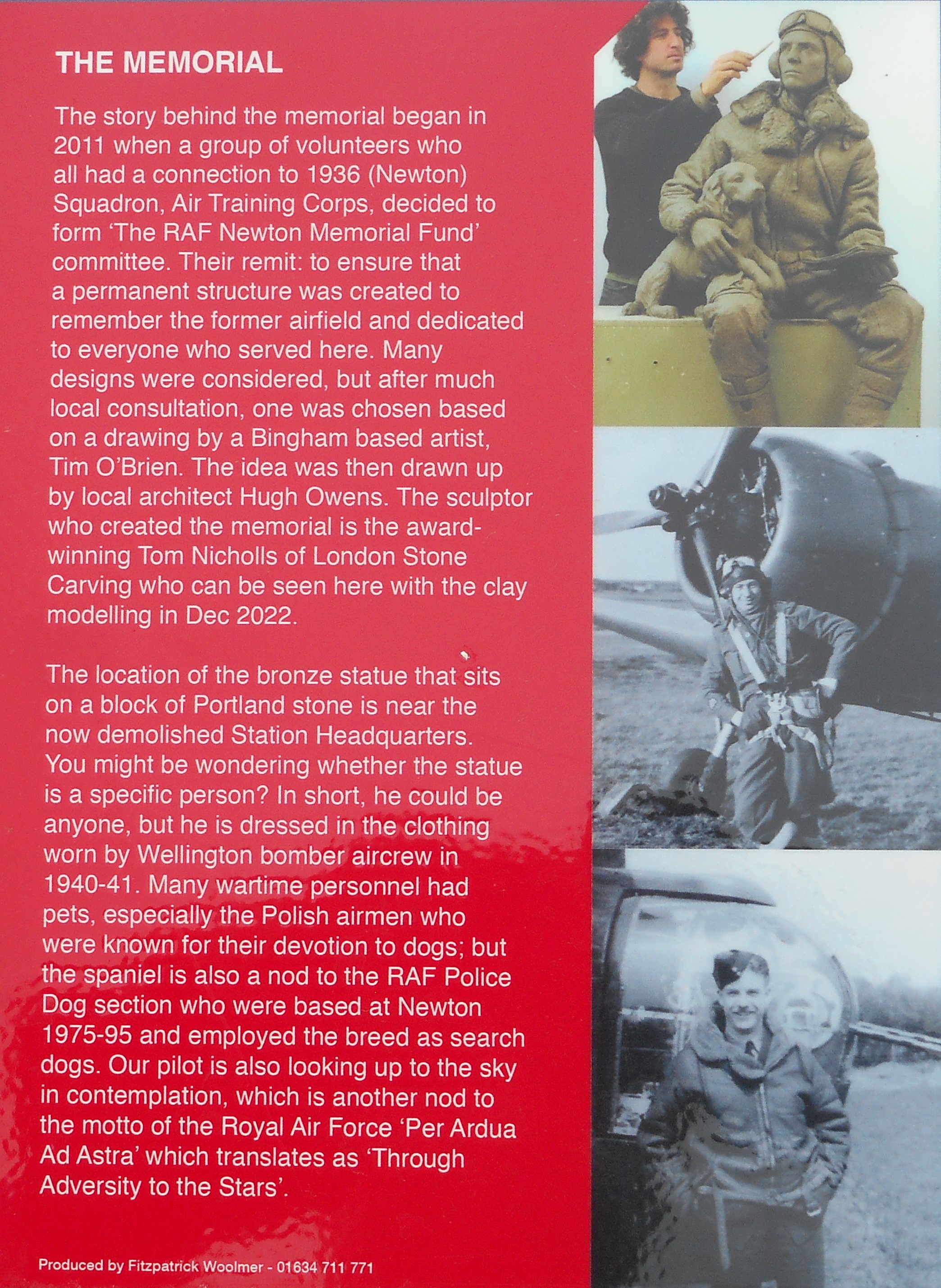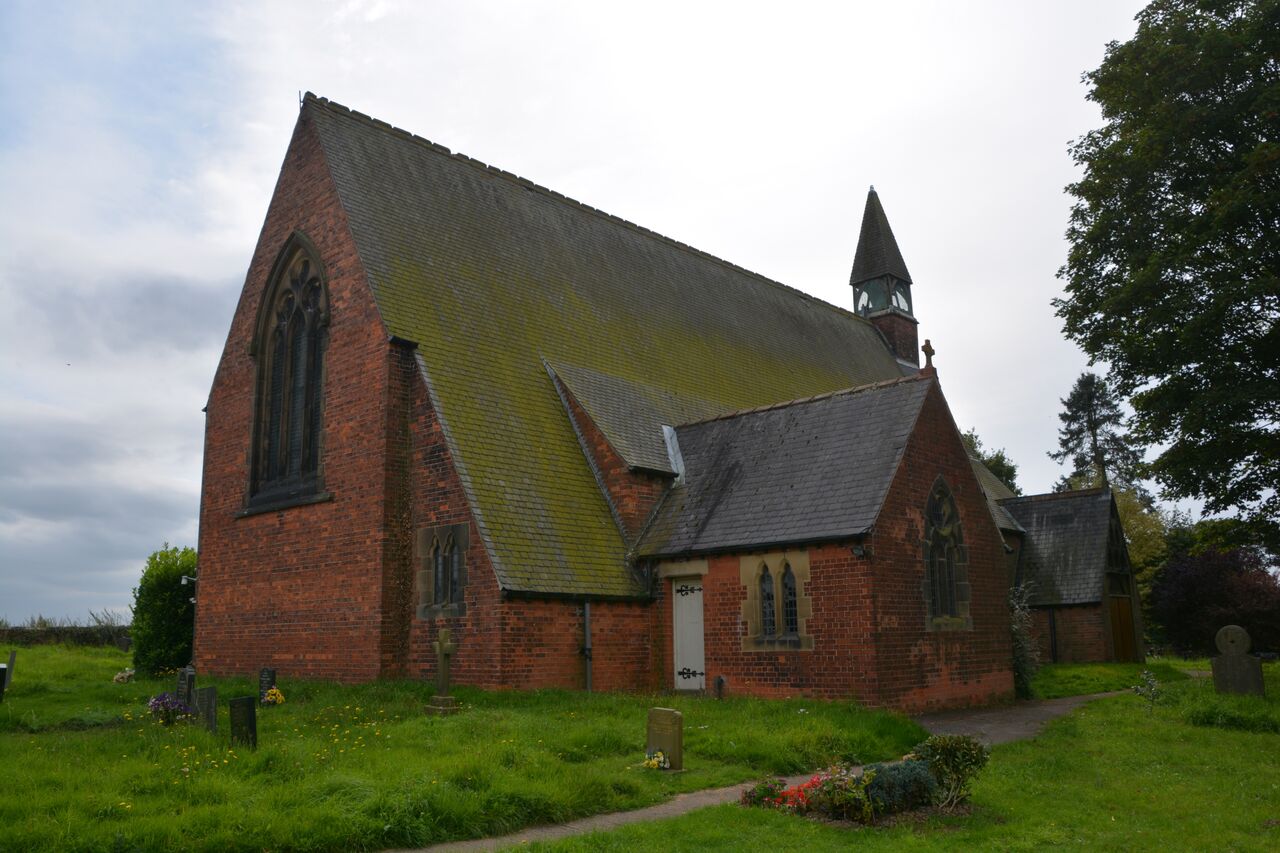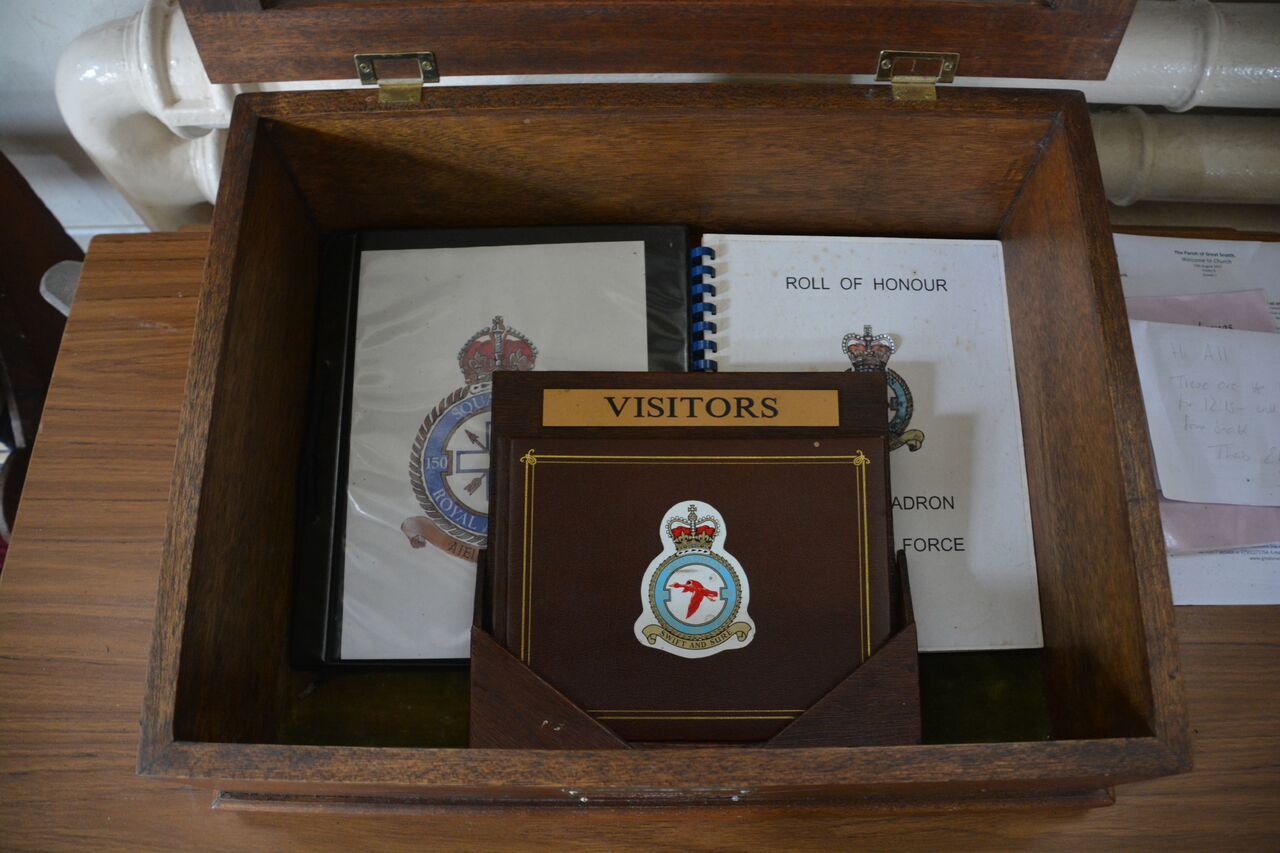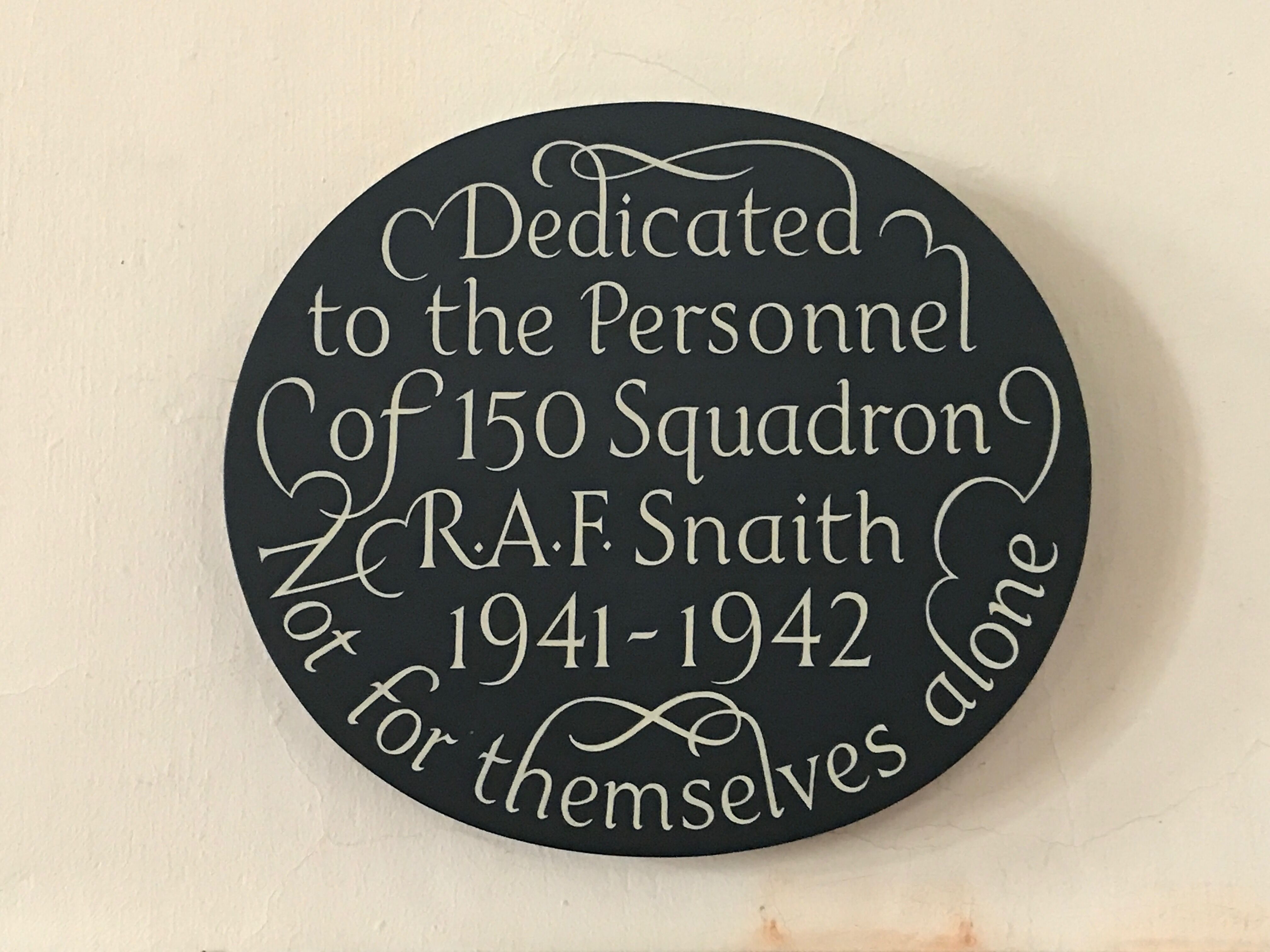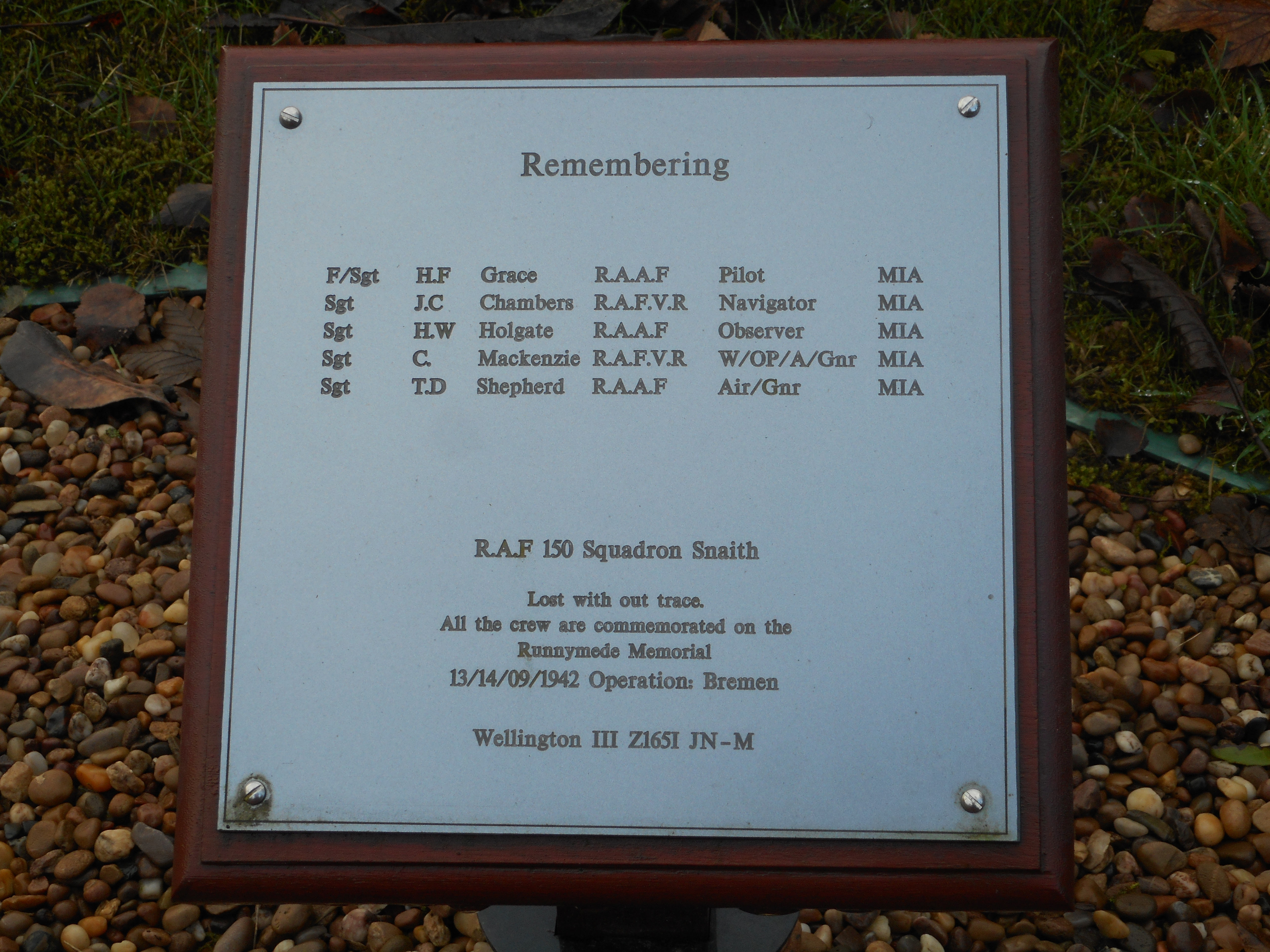Stewart, Frederick
Personal Information
| Rank | AC1 |
| Forename(s) | Frederick |
| Surname | Stewart |
| Gender | M |
| Age | 22 |
| Date of Death | 27-07-1940 |
| Next of Kin | Son of Robert and Rebecca Stewart, of Cookstown, Co. Tyrone, Northern Ireland. |
Aircraft Information
| Aircraft | Fairey Battle I |
| Serial Number | L5528 |
| Markings | JN- |
Memorial Information
| Burial/Memorial Country | United Kingdom |
| Burial/Memorial Place | East Bridgford (St. Peter) Churchyard |
| Grave Reference | Grave 1A. |
| Epitaph | GREATER LOVE HATH NO MAN THAN THIS, THAT A MAN LAY DOWN HIS LIFE FOR HIS FRIENDS |
IBCC Memorial Information
| Phase | 1 |
| Panel Number | 102 |
Enlistment Information
| Service Number | 638353 |
| Service | Royal Air Force |
| Group | 5 |
| Squadron | 150 |
| Squadron Motto | Always ahead |
| Trade | Ground |
| Country of Origin | United Kingdom |
Other Memorials
| Location | Adjacent to site of former SHQ, Newton, Nottinghamshire |
| Country | United Kingdom |
| Memorial Type | Statue, Plaque and information board |
| Memorial Text | Dedicated to all who served at RAF Newton from 1940 to 2001 |
| Location | St. John the Baptist Church, Pollington, East Yorkshire |
| Country | United Kingdom |
| Memorial Type | Inscribed Slate Plaque and Rolls of Honour |
| Memorial Text | Dedicated to the Personnel of 150 Squadron R.A.F. Snaith 1941-1942 Not for themselves alone |
| Location | St. Laurence Priory Church, Snaith, East Yorkshire |
| Country | United Kingdom |
| Memorial Type | Inscribed Slate Plaque |
| Memorial Text | Remembering the crew of Wellington III Z165I JN-M of 150 Sqn. R.A.F. Snaith 13/14th 09/1942 |
Casualty Pack Number Find Out More
| AIR 81/2468 (P353508/40) |
Commonwealth War Graves Commission
The National Archives
| Record of Events (Operational Record Book) AIR 27/1008/22 |
| Summary of Events (Operational Record Book) AIR 27/1008/21 |
Fellow Servicemen
Please note that this list gives all the losses aboard the quoted aircraft and occasionally these may have occurred on an earlier date when the aircraft was not itself lost. Please check the dates of death carefully.
Last Operation Information
| Start Date | 27-07-1940 |
| End Date | 27-07-1940 |
| Takeoff Station | Newton |
| Day/Night Raid | Day |
| Reason for Loss | Bomb dislodged from its mounts while preparing for operations. The explosion killed both crew and ground crew |
